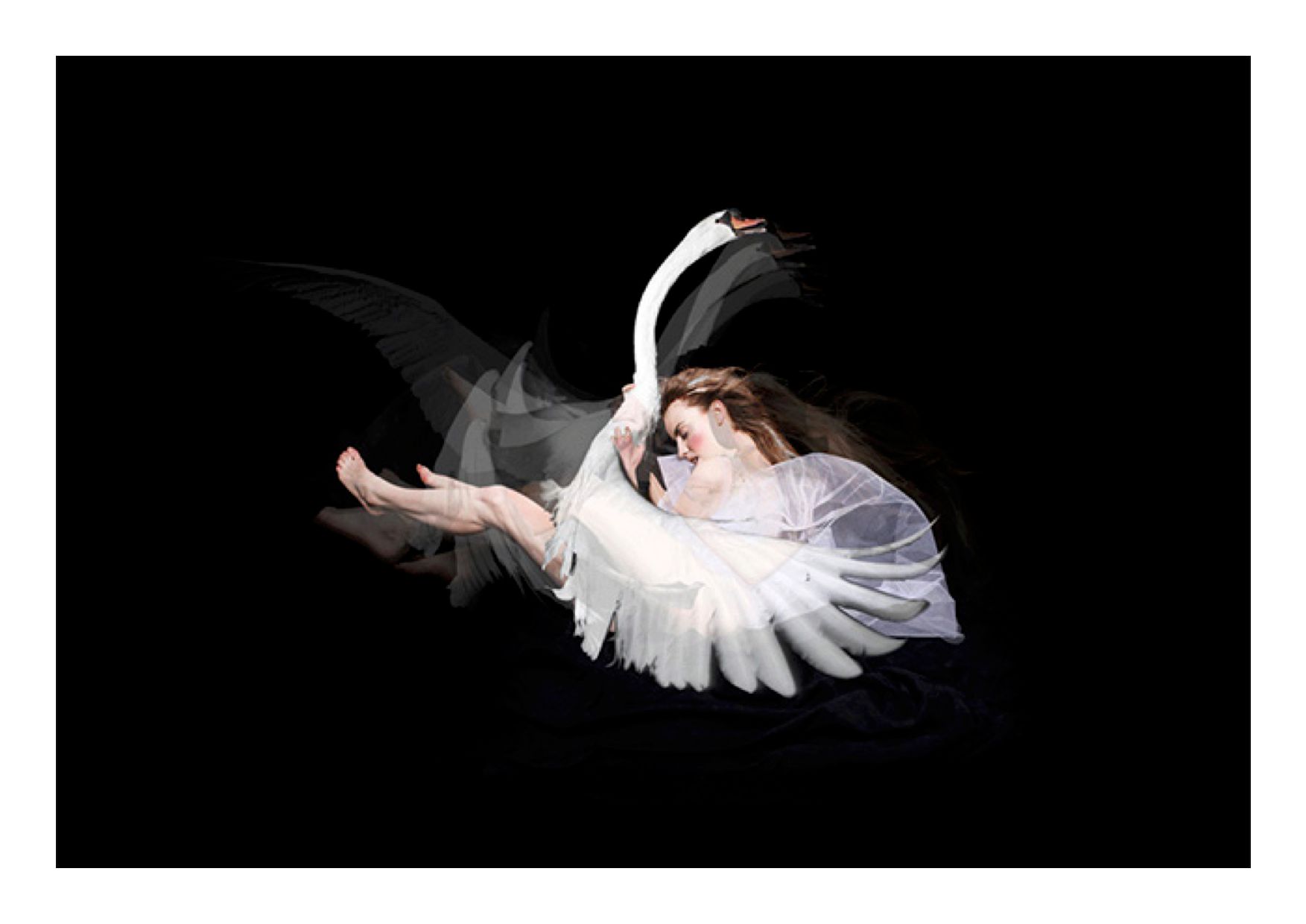
It is no understatement to say that the celebrated artist and style culture veteran Derrick Santini has captured iconic images of some of the most famous people on the planet, and it’s fitting that his work now graces the walls of The National Portrait Gallery. He is an artist whose work has relentlessly evolved to push the boundaries of the moving image, and over the last decade he has become increasingly recognized for his morphing lenticular artworks, which often explore the human form via mythological narratives, such as the classical tragedy Leda & The Swan. Ever keen to kick-start new conversations in image making, over the course of the pandemic he also began an online symposium for the discussion of contemporary creativity that continues to attract new audiences apace. Here, the renowned artist tells Collective Culture why he has high hopes for what we have learned collectively from the global pandemic, and explains why the next generation might just be the most empowered of all time.
As an artist, what do you think the effect of the pandemic has been on collective consciousness?
I think we have all had a chance to reflect on our lives and what we are doing here, and I think we have all realised that we have a lot of stock to take. There are, of course, those people that have been devastated, you know, but there are also new kinds of relationships that have started to come through and materialize because of the online thing, and that's, in a way, quite beautiful. I do try to look at the opportunity we’ve had to pause as a bit of a gift, and I believe that if we don't make something of it, then we're stupid. It’s been such a grounding time for everyone, and the really important thing that can come through all of this is a new kind of conversation about meaning and substance. I believe we could create another movement out of this collective experience–an art movement that would be universal, and that could even become the next political movement.

Is artistic expression always a form of conversation for you?
Well, I think art buys you a conversation. When someone stops at something you have made, likes it and engages with it, then you're there–it provokes and stimulates connection and shared experience. For me, taking pictures has always been about telling a story. I personally think photography was invented to prove we existed, and it has definitely emerged as the most efficient tool in that regard. Now, of course, the thing is that we are all taking pictures–we're all doing the self-portrait thing with our phones that only the great artists did back in the day. And it's really important to realise that we are all talking through these images, and it is such an honest form of communication, because, you know, it's beyond words–we are all to some degree shaped by photography.

Do you think the proliferation of images on Instagram is essentially positive then?
Absolutely. Instagram is incredible because taking and sharing pictures is the most humanizing of experiences–in a way, it all becomes an image of the collective consciousness. That is true even if it comes from a family picture, because we've all got families somewhere–a mum and a dad and maybe children, so even if it’s a family picture of anyone, everyone can relate. I always think of the film Blade Runner and that insight about memories in this regard. In the film, the replicant Rachel has these memory implants, and even though they are not actually her own memories, they still move her. What is happening now is really evocative of that kind of thing for me, and I love it. In general, I think we are kind of crashing into ourselves in the most eloquent form of expression at the moment, and I think all the current movements across social media are about breaking old cycles. The creative kids now are just not going to get exploited in the same way they used to be, because they have this voice that my generation never had–people simply can’t get away with the things they used to with impunity.

Why have you concentrated on creating lenticular artworks for the last ten years rather than the portraiture you became famous for?
For me, lenticulars are just such a transformative medium–one that really brings photography to life–but essentially, it’s still a form of portraiture, and is still dependent on what you can capture in your subject. For me, all photography is a form of portrait whether it’s reportage on the street or a lenticular, because you are always kind of casting for an idea, and you have to cast it right to make the idea live–that is why casting is always so key. The model in the Leda & The Swan lenticular, for example, made it come to life because she was a philosophy student and was in love with the story, so it became a portrait of her as much as it was about executing an idea about Leda & The Swan. It always, always comes back to that thing of art being a conversation.
Credits (Top To Bottom): Everything Has It's Own Vanishing Point, Leda & The Swan, Katie In The Sky of Bubbles, Seven For A Secret. All lenticular artworks by Derrick Santini.